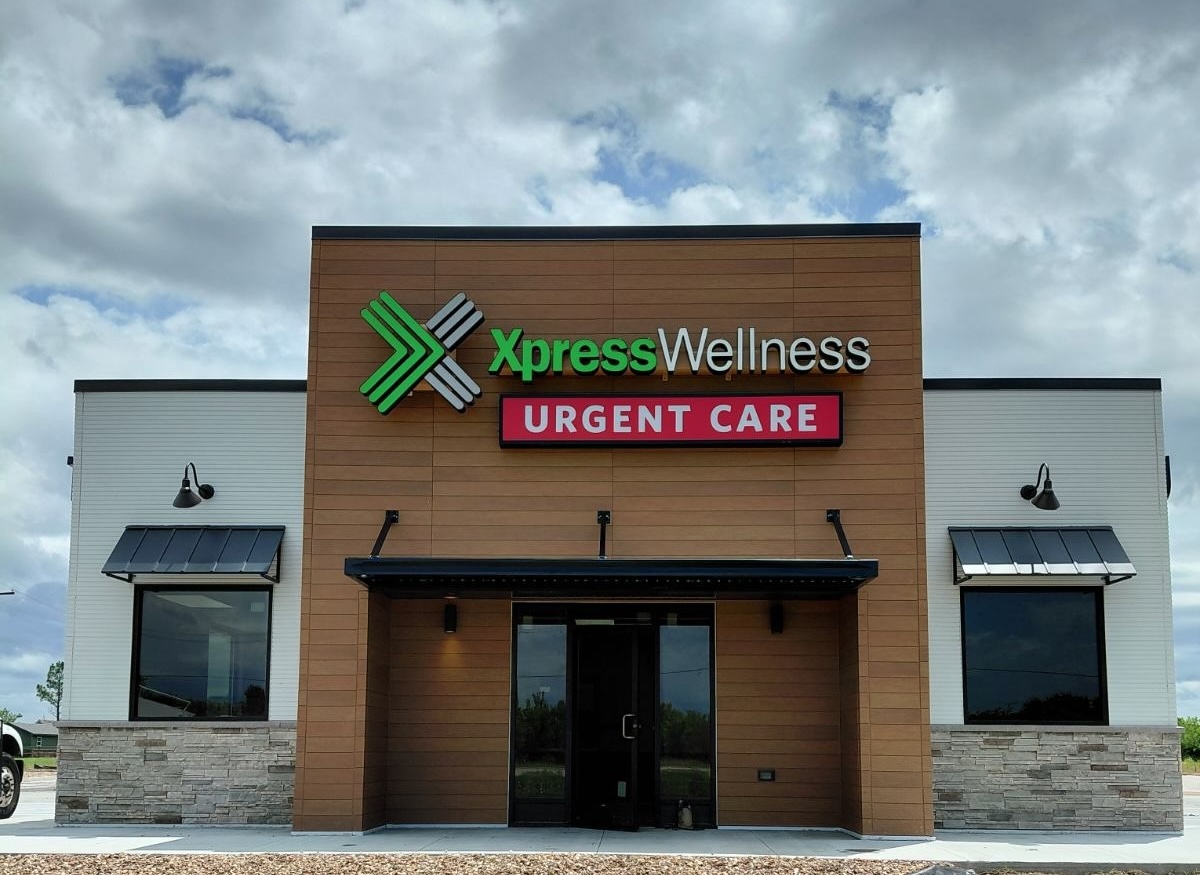Wound healing is a critical aspect of care in nursing homes, as residents often face a higher risk of developing chronic conditions that affect their ability to heal, such as diabetes, poor circulation, and immobility. One of the most crucial factors influencing wound healing is blood sugar control. Maintaining stable blood glucose levels is vital for the elderly, particularly in nursing home settings, to ensure wounds heal efficiently and complications are minimized.
How High Blood Sugar Impairs Wound Healing
When blood glucose levels are elevated, the body’s natural healing processes are hindered. This becomes even more pronounced in older adults, many of whom may have diabetes or prediabetes, conditions that directly affect blood sugar regulation. Here’s how uncontrolled blood sugar can impact wound healing in nursing home residents:
- Impaired Immune Function: High blood glucose levels can weaken the immune system, making it harder for the body to fight infections. Nursing home residents, who are often more vulnerable to infections due to age, comorbidities, and immobility, are at a higher risk for complications from untreated or improperly healed wounds.
- Decreased Circulation: Chronic high blood sugar can damage blood vessels and impair circulation, reducing the flow of oxygen and essential nutrients to the wound site. This slow circulation makes it harder for the body to deliver the necessary elements to promote tissue regeneration and healing.
- Delayed Collagen Production: Collagen, a protein essential for wound healing, is affected by high glucose levels. Elevated blood sugar disrupts the formation and structure of collagen, which in turn delays wound closure and can lead to more noticeable scarring.
- Increased Risk of Chronic Wounds: For individuals with poorly controlled blood sugar, wounds can become chronic, especially if infection sets in. For residents in nursing homes, where mobility can be limited and skin is more fragile, chronic wounds such as pressure ulcers (bedsores) are a common and serious concern.
- Infection Risk: High glucose levels provide a favorable environment for bacteria to grow, increasing the risk of wound infection. Infections, especially in elderly patients, can lead to more severe complications, including sepsis, which may require hospitalization or even result in death.
The Role of Proper Blood Sugar Control in Wound Healing
Good blood sugar control can significantly improve the chances of faster, more effective wound healing. In a nursing home setting, this becomes particularly important, as many residents may have wounds due to falls, pressure ulcers, or surgical procedures. Here’s how maintaining stable blood sugar can help:
- Enhanced Immune Response: By keeping blood glucose levels in check, the immune system functions more effectively. A strong immune response helps ward off infections at the wound site, allowing the body to focus on the healing process instead of fighting off bacteria.
- Improved Circulation and Oxygen Supply: Well-regulated blood sugar helps maintain healthy blood vessels, ensuring better circulation. With improved blood flow, oxygen and nutrients are efficiently delivered to the wound, accelerating healing and reducing the risk of complications.
- Faster Collagen Production: Proper glucose levels support the body’s ability to produce collagen, which is crucial for tissue repair and wound closure. This speeds up the overall healing process, reducing the risk of long-term or chronic wounds.
- Decreased Risk of Chronic Wounds: By managing blood sugar effectively, the likelihood of developing chronic wounds—such as diabetic ulcers or pressure sores—is significantly reduced. This not only improves the quality of life for nursing home residents but also reduces the overall healthcare costs associated with long-term wound care.
Practical Strategies for Ensuring Good Blood Sugar Control in Nursing Homes
- Routine Blood Sugar Monitoring: Regular blood glucose monitoring is essential for residents with diabetes or at risk of diabetes. Consistent monitoring allows healthcare providers to make timely adjustments to insulin or medication, ensuring that blood sugar levels stay within a healthy range.
- Customized Nutritional Plans: Nursing homes can work with dietitians to develop personalized meal plans that help maintain stable blood sugar levels. Proper nutrition is critical in wound healing, and a diet high in protein, vitamins (especially A and C), and minerals like zinc can promote tissue repair.
- Medication Management: For residents with diabetes, maintaining good blood sugar control often requires medication. Healthcare providers should work closely with nursing home staff to ensure proper insulin administration or oral medications are being followed, as well as monitor for any side effects that may affect wound healing.
- Staff Education and Awareness: Nursing home staff should be educated on the importance of blood sugar control in wound healing. This includes understanding the signs of hyperglycemia, recognizing potential wounds early, and implementing care plans that prioritize wound prevention and optimal glucose management.
- Timely Wound Care: Prompt attention to wounds, especially for those with diabetes or other risk factors, is essential. Effective wound care, including cleaning, dressing, and monitoring for infection, combined with good blood sugar control, creates an environment conducive to healing.
Conclusion
In nursing homes, where residents may already face challenges like aging, limited mobility, and chronic illnesses, good blood sugar control is critical for wound healing. At Xpress Wellness, our team of wound care specialists are skilled at properly managing glucose levels which reduces the risk of infection, enhances circulation, supports collagen production, and ultimately leads to faster and more effective wound healing. By integrating regular glucose monitoring, personalized nutrition, and prompt wound care, nursing homes can help ensure that residents heal optimally and experience a better quality of life. Proper blood sugar control is not just about managing diabetes—it’s about promoting overall health and well-being for vulnerable individuals in long-term care.



